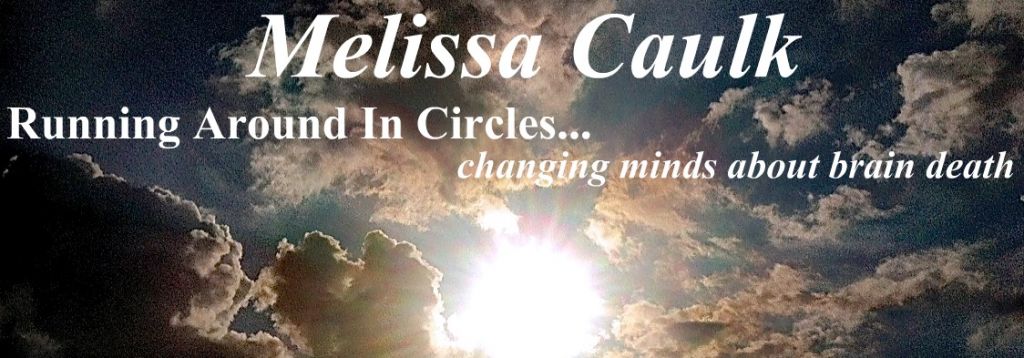Raleane “Rae” Kupferschmidt
Raelene “Rae”Kupferschmidt, was 65 years old, when she experienced a massive cerebral hemorrhage. Her family had taken her home to die, per her wishes. The doctor’s had pronounced her “brain dead”.
While the family was planning the funeral and had gathered around to say their last good-byes, her daughter ran an ice-cube over her lips, when her mother sucked on the ice-cube. Thinking this was just a reflex she did it again only this time her mother sucked the ice-cube harder.
According to her daughter, Lisa Sturm she then leaned over her mother and asked,”Mom are you in there?”
Her mother shook her head “Yes”.
To help Raleane “Rae” Kupferschmidt get a sense for what happened when she was in a coma, her daughter Lisa Sturm wrote key events on a calendar. Doctors pronounced Kupferschmidt brain dead on Jan. 17; after she regained consciousness, she wrote “dead” on that day’s calendar square. 
Rae Kupferschmidt was rushed back to the hospital where the blood clot was drained from her brain. Today Rae Kupferschmidt is alive and walking and enjoying her family.
The Truth Must Be Told
“If parents are not told, frankly and fairly in terms they can be expected to understand in their distraught state of mind, that their “brain stem dead” children will (although paralysed with drugs to facilitate the surgery) react during organ removal as if they might be suffering, then they have been most wickedly deceived (by omission). I could never have allowed one of my children to be used as an organ donor. To me, that would have been the betrayal of the absolute trust which a child has in his parents.”
Dr. David W. Evans, Retired Consultant in Cardiology, Papworth & Addenbrooke’s Hospitals, Minority Report: Two secular positions opposing donation”, a paper contributed to Dignity in Donation Day, UK, 27th April 2012. pg.24
We’re Doing Our Part Are You?
 Last night my oldest daughter Christa and I were sitting on our deck, enjoying finally a warm Michigan spring.
Last night my oldest daughter Christa and I were sitting on our deck, enjoying finally a warm Michigan spring.
She had been talking to a friend whose cousin was shot.
She had recently seen a tweet from him missing his cousin. She asked him what happened.
He told her that his cousin had been shot and taken to a hospital where the doctors told the family that they had no insurance so they could not operate.
“I’ve never heard of a hospital not performing surgery to help a patient live she said, even in OHIO,”she said. (Michigan joke)
“Well… we were all in the waiting room and the doctors came in and that is what they told us, I was there.”
Christa pondering whether to bring it up, said, “Wait was your cousin on the Organ Donor Registry?”
Yes, he said. All my family is.
“Oh no, she said.”
“How old was he?” 23
“Was he in good shape?” Yes, he was an athlete.
Christa began to explain to him all about organ donation, contracts, “brain-death”, and brain death protocols. His eyes grew wider and wider and then filled with tears.
He looked down, picked up his phone, and texted his mother, “Get us ALL off the organ donor register, mom.”
“I thought you were dead when they took your organs, he exclaimed?”
“No, Christa said, “you may be hurt, severely hurt,unconscious, in a coma, but not dead in the way you and I think”.
So proud of my daughter for being able to enlighten this young man. Christa blogs on Have Heart, about her brother, and best friend…Jamie Caulk.
How to Get Off the Organ Donor Registry
Flickr photo credits to Andrew Wallmayers photo stream and Stillwater Gazzette













